KPIs & OKRs
There are three essential pieces that are often underdone in our approaches to strategic performance management. These three pieces are how we write our goals, how we design our measures, and how we get all these aligned throughout the entire organization or business. If these are underdone, our goals are vague, our measures are irrelevant, and our effort and resources fail to create the success we wanted.
Discover the first three powerful habits from Stacey’s book ‘Prove It! How to create a high-performance culture and measurable success’ that make sure these three pieces of strategic performance management are very well done, and how this, in turn, makes OKRs work better, too.
Her Keynote includes three perspectives on corporate OKRs, containing both difficulties and
achievements during this OKR journey:
1) Align with KPIs The quality of an OKR becomes crucial when the directional and
agile dynamics towards an outcome need to match with a committed KPI roadmap.
2) Synchronize across functions: a time-bound liaison. OKRs are best suited for
horizontal alignment throughout a worldwide matrixed organization by coordinating all
contributions to a common focus. They are particularly helpful with adding the
conducive impact of Central Services to the value creation of Business Areas.
3) Explore individual aspiration: Forget mindset, awareness or culture. Invest in
finding the best words together! The process of honing instructive OKRs as a team
pulls everyone’s attention towards the outcome.
In other words: Writing and communicating strong OKRs is a realistic prediction of
success.
How to Measure Anything: Finding the Value of ‘Intangibles’ in Business by Douglas W. Hubbard is a game-changing book that debunks the myth that certain things – like employee satisfaction, innovation, or strategic risk—are immeasurable. It’s especially useful for leaders, strategists, and data-driven thinkers who want to make better decisions using quantifiable methods.
October 30th & 31st
via zoom




